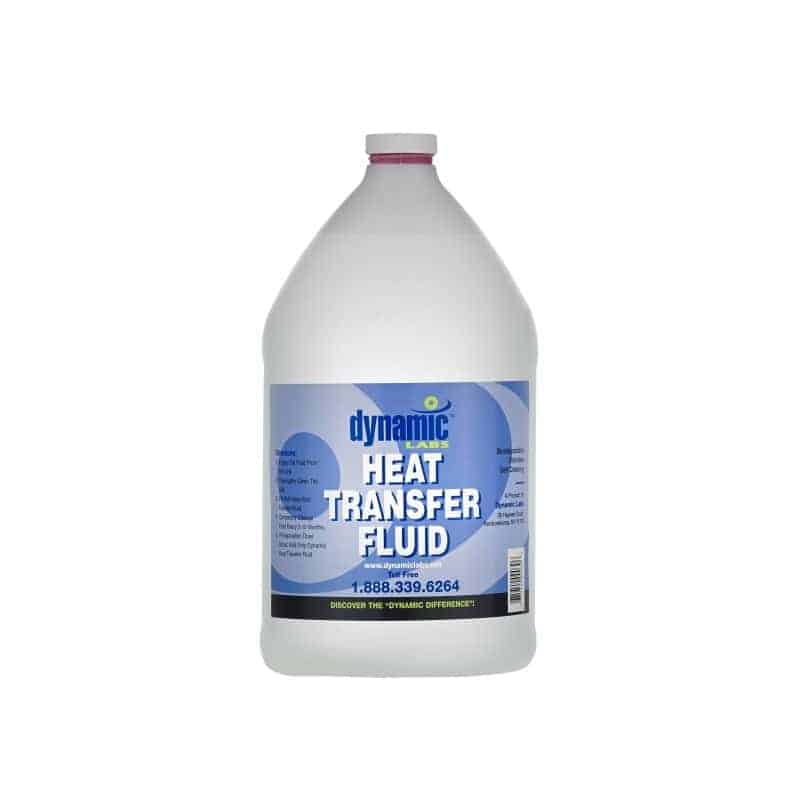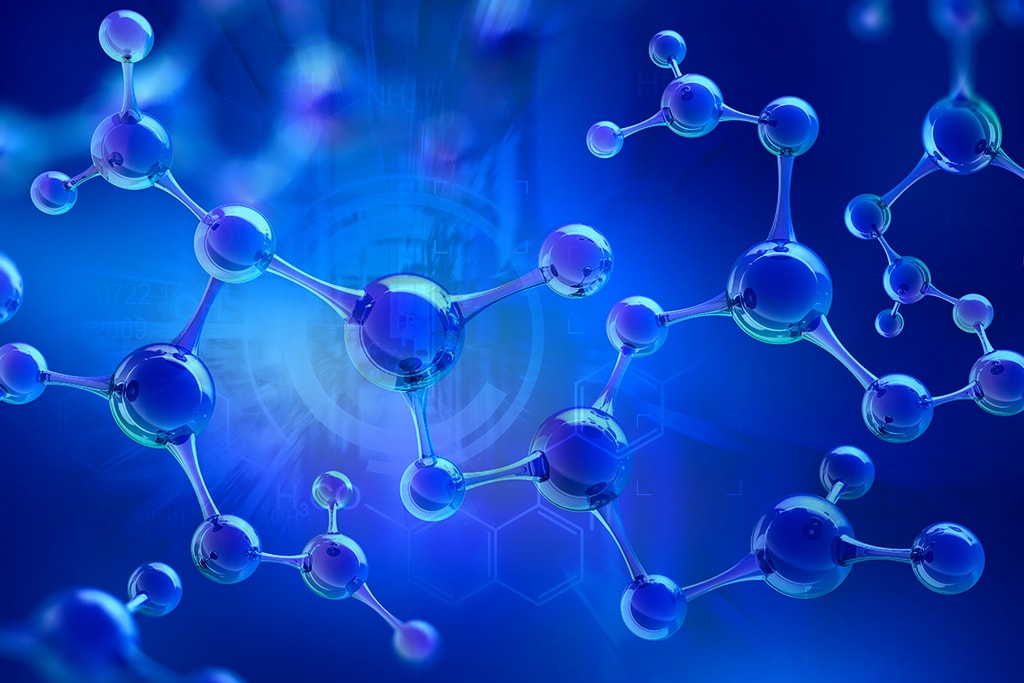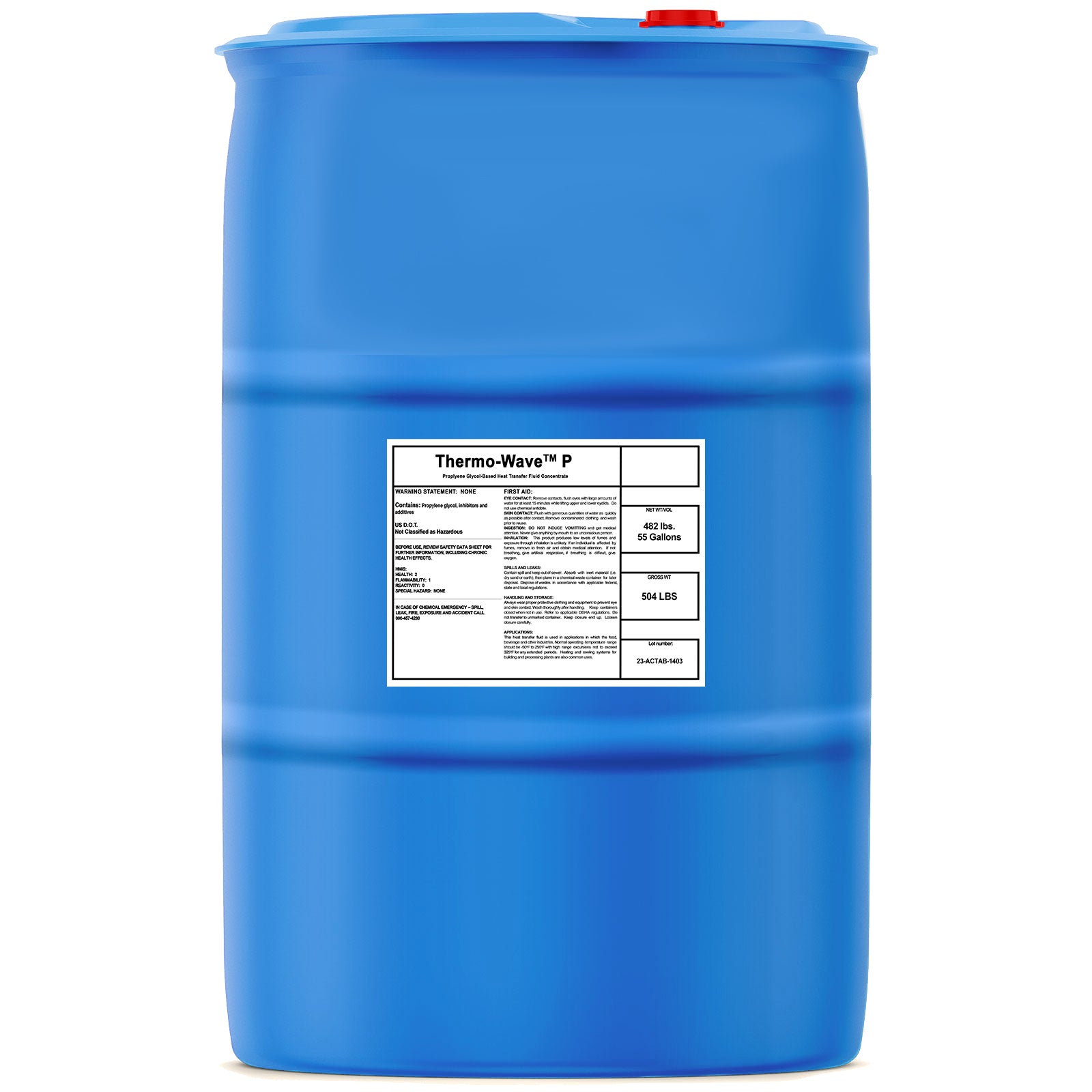Comprehending the Uses of Warm Transfer Liquid in Industrial Applications
In the vibrant landscape of commercial applications, heat transfer liquids (HTFs) are essential for keeping exact thermal law, pivotal to enhancing functional effectiveness and item high quality. From the complexities of chemical processing to the robust needs of power generation, HTFs are central to making certain secure and efficient warm exchange. With their crucial function covering diverse sectors, consisting of the food and beverage market, understanding their multifaceted applications is crucial. Nevertheless, what ingenious improvements in HTF modern technology are on the horizon, and exactly how might they redefine industry standards? This expedition guarantees insights into these compelling concerns.
Duty in Chemical Handling
In chemical handling, warm transfer fluids play an essential duty in preserving specific temperature level control, which is crucial for enhancing response prices and guaranteeing item quality - heat transfer fluid. These liquids are critical in helping with reliable heat exchange between process tools, consequently allowing the policy of thermal conditions within activators, distillation columns, and other critical device. Their capacity to preserve stability under differing thermal lots and environmental conditions makes them crucial in chemical manufacturing
The choice of a suitable warm transfer liquid is identified by factors such as thermal conductivity, certain heat capacity, viscosity, and chemical compatibility with the process products. High-performance liquids enable fast heating & cooling, enhancing the efficiency of endothermic and exothermic reactions. Additionally, their thermal stability lessens the threat of deterioration or contamination, which can cause devices fouling and minimized procedure effectiveness.
In addition to temperature level regulation, these fluids contribute to safety and security by stopping overheating and minimizing the capacity for thermal runaway reactions. By providing regular thermal management, warmth transfer fluids boost process integrity and can lead to substantial power financial savings. As chemical processes become progressively complex, the value of selecting and preserving optimal warm transfer fluids can not be overstated.

Power Generation Applications
Relocating from chemical processing to power generation, heat transfer liquids assume an essential duty in the production of energy. In power generation applications, these fluids are critical in keeping optimum thermal effectiveness and making sure the reliable operation of nuclear power plant. Numerous kinds of power generation centers, consisting of fossil fuel-based plants and focused solar energy (CSP) systems, count greatly on warmth transfer fluids for effective energy conversion.
In fossil fuel power plants, warmth transfer fluids are made use of to transfer warmth from combustion gases to water in boilers, creating heavy steam that drives generators. In CSP plants, warmth transfer liquids distribute with solar enthusiasts, taking in solar power and transferring it to a central receiver where it is utilized to generate vapor.
The choice of warm transfer fluid in these applications is important, as it influences the plant's performance, security, and ecological impact. Artificial oils, molten salts, and various other specialized fluids are frequently used, chosen based on their thermal security, warmth ability, and compatibility with system products.
Influence on Food and Beverage Sector

In enhancement to improving product top quality, heat transfer fluids contribute to functional efficiency by decreasing power consumption and reducing process times. Their thermal stability and high warm capability permit rapid home heating and cooling down cycles, bring about enhanced throughput and cost-effectiveness. Moreover, using food-grade warmth transfer liquids, which abide by rigorous safety and security criteria, ensures that there is no threat of contamination, thereby guarding public health.
The flexibility of warm transfer fluids enables their application across a wide variety of food and drink processes, from milk and confectionery to brewing and bottling. By maximizing temperature control, these liquids play an indispensable duty in meeting the progressing demands of the food and beverage sector while preserving high requirements of quality and safety.
Significance in Production

A critical aspect of manufacturing procedures across various industries is the effective monitoring of temperature, which is where heat transfer fluids show their relevance. These fluids play a vital duty in maintaining optimal temperature levels for diverse operations, ensuring item quality, safety and security, and energy efficiency. In markets such as chemical handling, pharmaceuticals, and plastics, exact temperature level control click to find out more is essential for responses, treating, and molding procedures. Warm transfer fluids help with these regulated settings by soaking up, moving, and launching warmth as necessary.
In making setups, warm transfer liquids add significantly to functional performance and cost-effectiveness. By lessening temperature level fluctuations, they aid reduce power usage, consequently decreasing operational prices and boosting sustainability. They improve the lifespan of devices by protecting against overheating and thermal stress and anxiety, which can lead to pricey downtime and repair work.
In addition, the adaptability of heat transfer liquids enables them to be customized for certain applications, accommodating a large range of temperature levels and environmental problems. This flexibility guarantees regular performance, even in one of the most requiring commercial settings. Eventually, the critical use warm transfer fluids equips suppliers to maximize their procedures, improve product top quality, and preserve a competitive side in an More Help ever-evolving market.
Advancements in Heat Transfer Technology
With developments in warmth transfer modern technology, industries are experiencing transformative renovations in temperature level administration systems. Modern HTFs, such as nano-fluids, display enhanced thermal conductivity and stability, which dramatically enhance warm exchange procedures.
Furthermore, the assimilation of wise technology and electronic tracking systems has transformed warmth administration. Advanced sensors and IoT devices provide real-time information analytics, allowing exact control and optimization of warm transfer processes. This causes enhanced security, minimized downtime, and extended devices life expectancy.
Additionally, the arrival of magnetic and phase-change products in warm transfer applications marks a significant jump onward. heat transfer fluid. Magnetic liquids, for instance, deal fast warmth dissipation via magnetic area control, while phase-change products efficiently save and Go Here launch thermal power during stage changes
These technological strides are not only boosting efficiency in conventional fields such as chemical processing and power generation yet are also cultivating technology in emerging fields like renewable resource systems and digital air conditioning, leading the way for lasting industrial operations.

Verdict
Heat transfer fluids are important to commercial applications, supplying exact temperature control and enhancing functional efficiency. Breakthroughs in heat transfer technology proceed to optimize these features, highlighting the critical function of HTFs in industrial processes.